'Unorthodox' - Warren Baynes
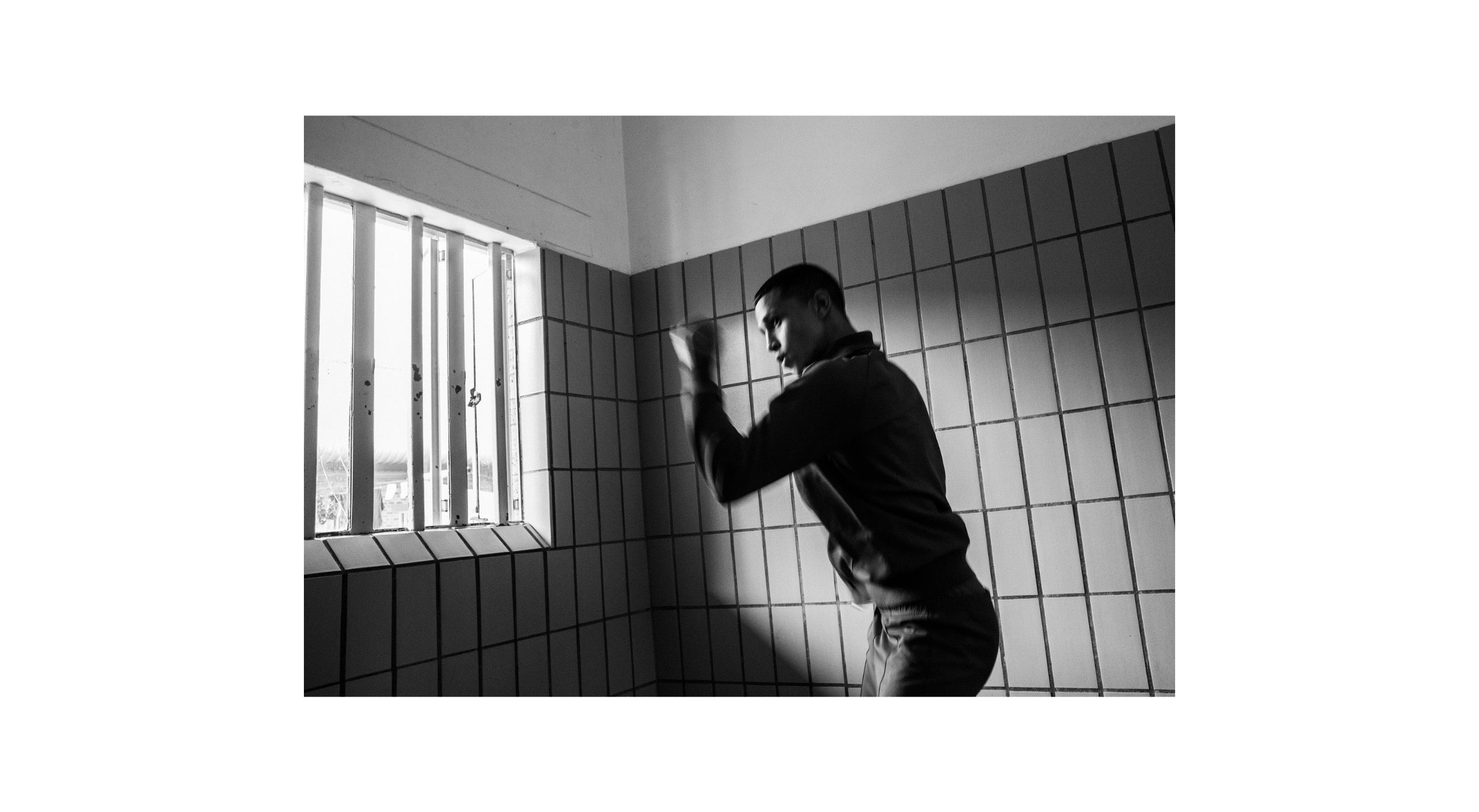
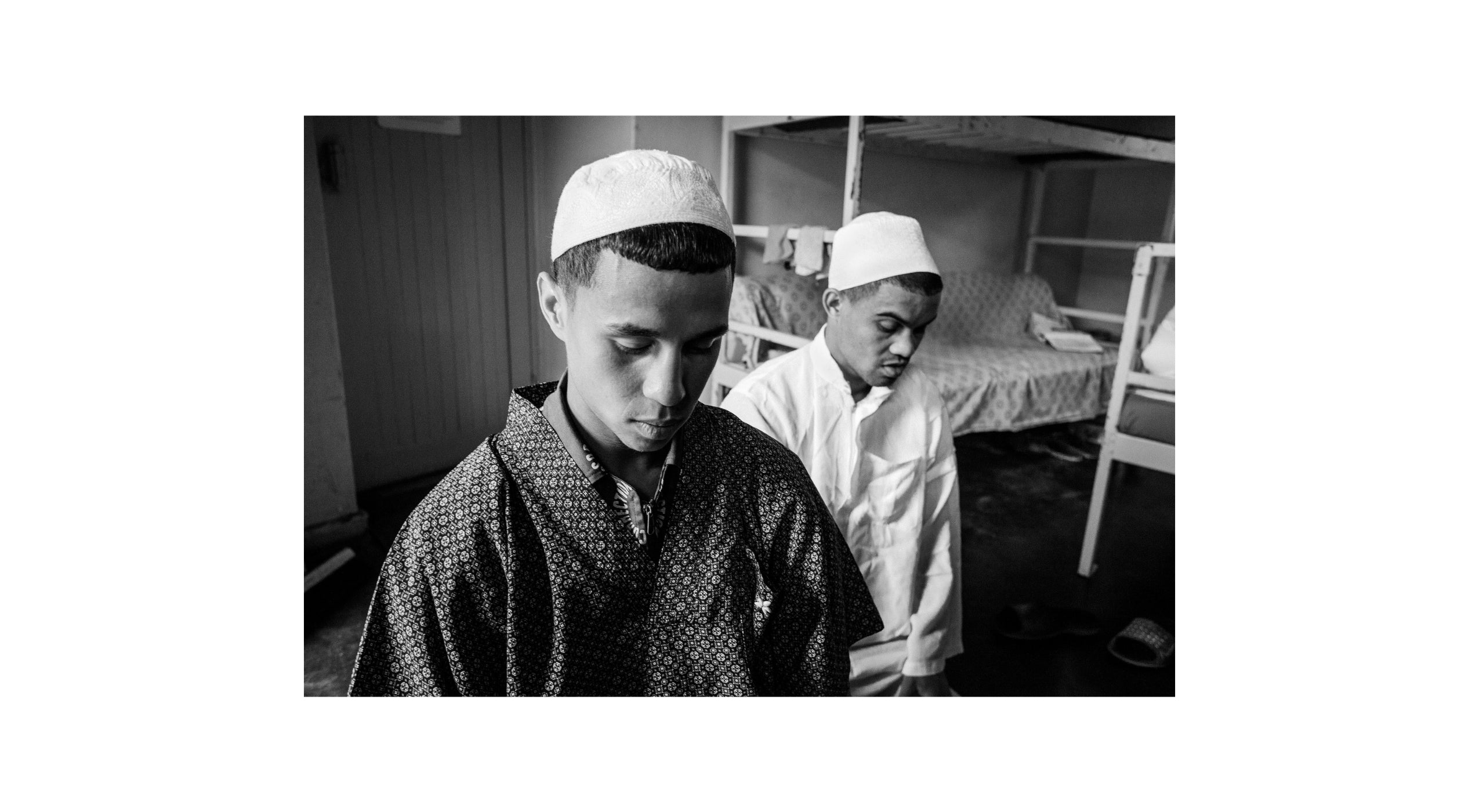
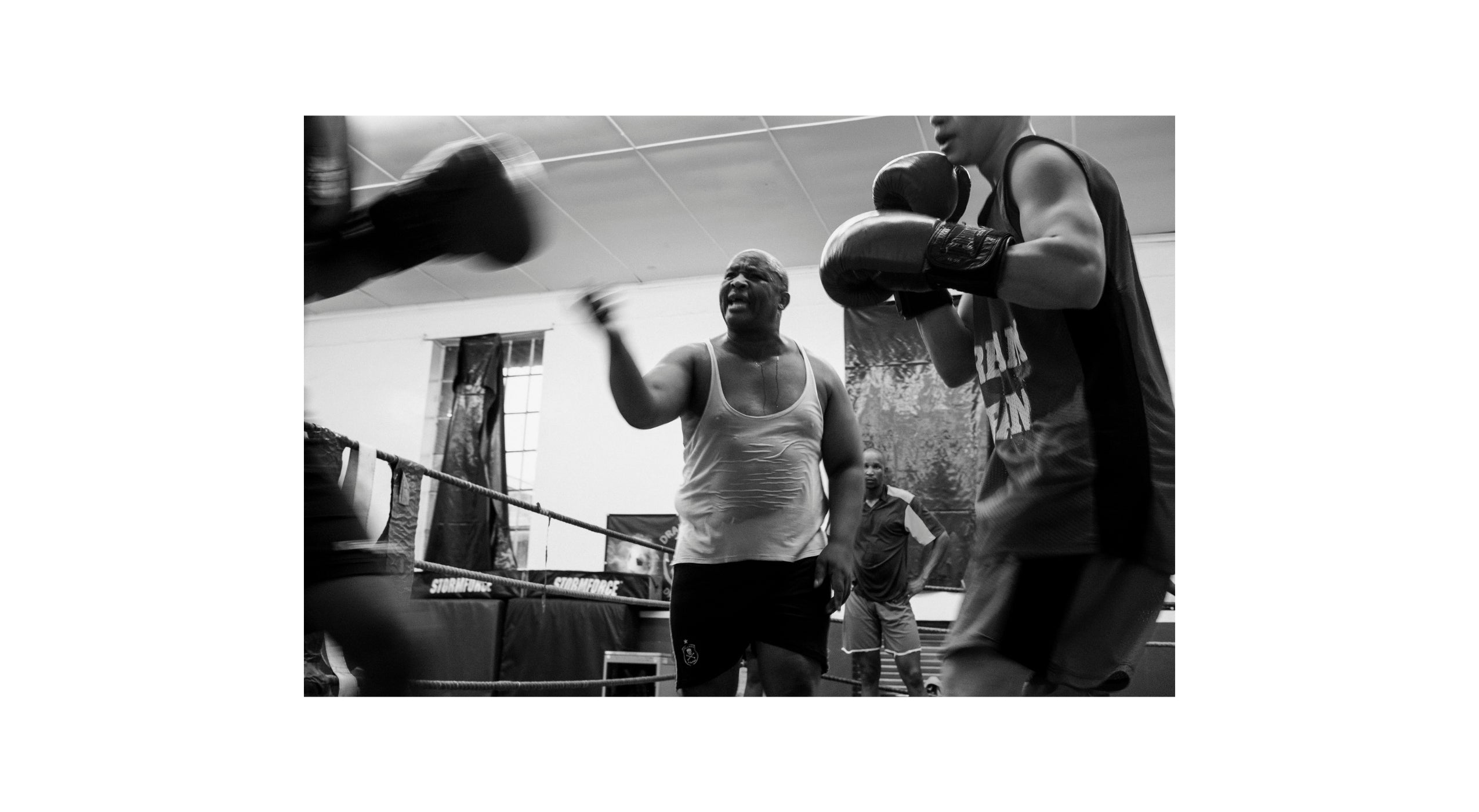
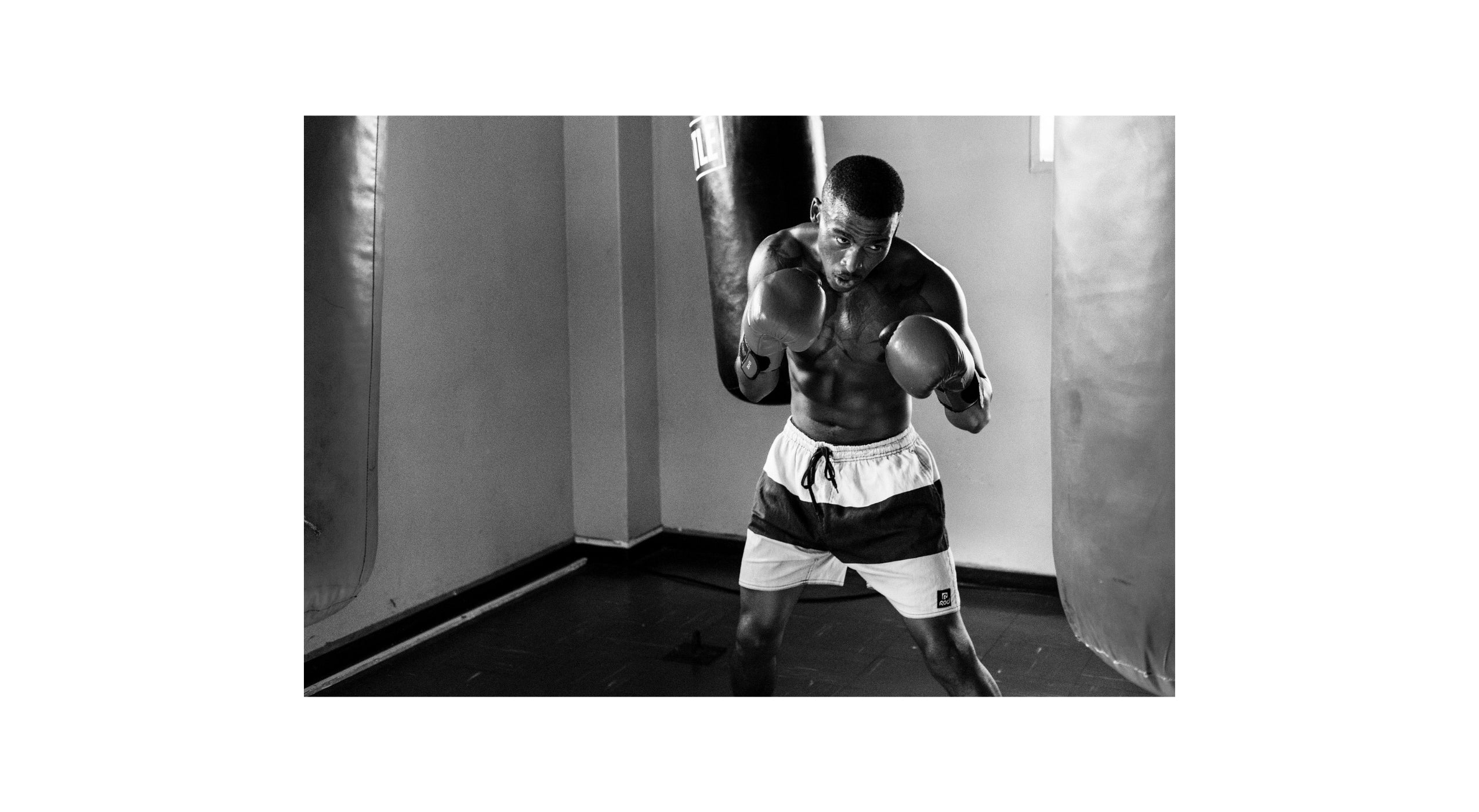
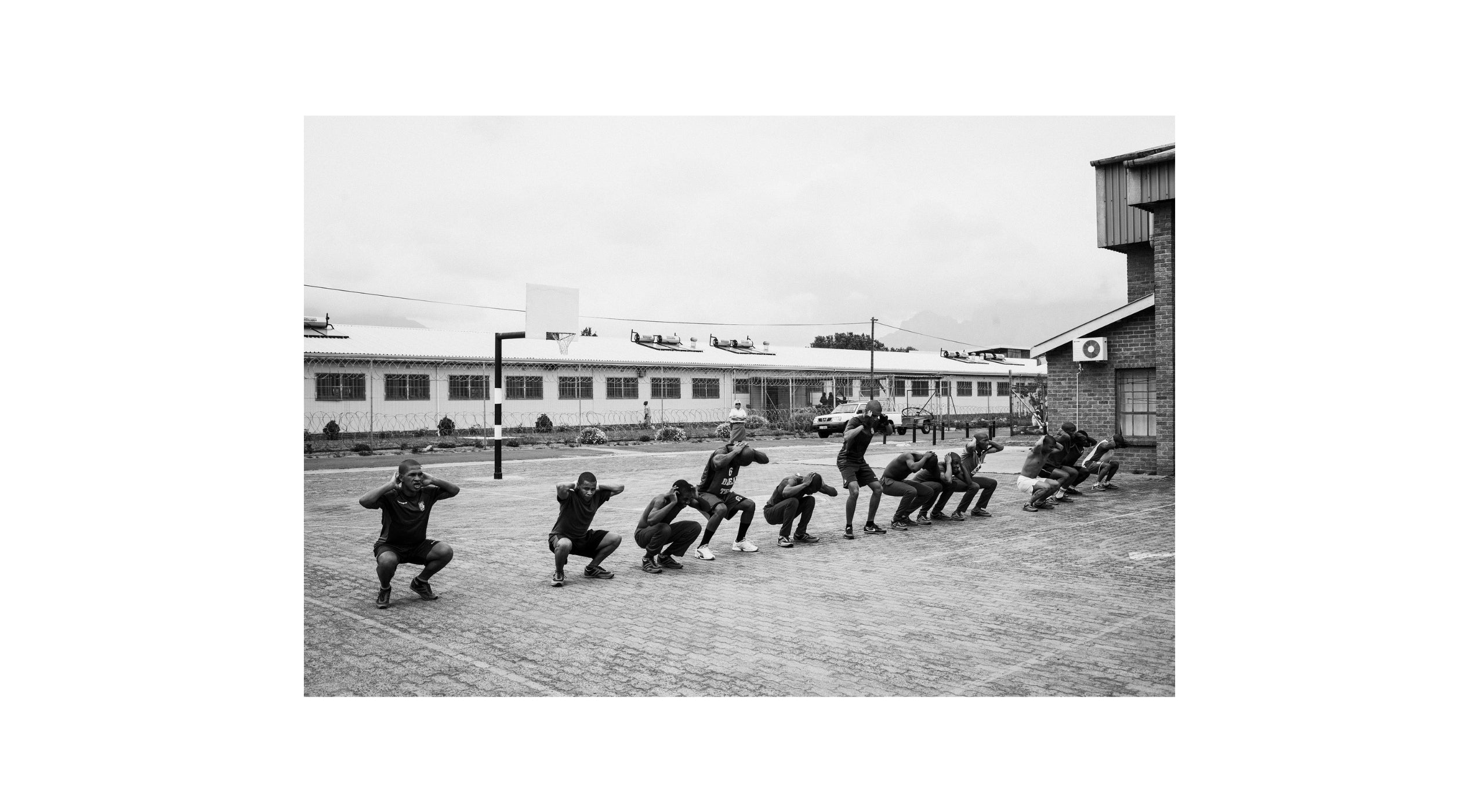
Collection: 'Unorthodox' - Warren Baynes
Unorthodox
Warren Baynes
Warren Baynes' striking series of images which offer the viewer a portal into the world of crime, punishment and rehabilitation for the offenders at Drakenstein Prison. For these prisoners, boxing offers a way out from the indoctrination of South African gang culture and violence.
___
The Unorthodox: Prison Boxing series offers the viewer a portal into the world of crime, punishment and rehabilitation for the offenders at Drakenstein Correctional Facility (formerly Victor Vester Prison) in Paarl, Cape Town. Boxing, for these prisoners, offers emancipation from the indoctrination of South African gang culture and violence.
For many young men in Cape Town’s poorer communities, the pseudo-family structure offered by the gangs offers a sense of belonging and safety, in communities torn apart by drugs, alcohol and absent parents. Loyalty is inspired by fear and binds gangs together as they rage on-going wars for territory and business. The threat of prison doesn't hold much weight within these settings as community members openly acknowledge the likelihood that a person may enter prison a petty thief and be released a skilled criminal or gangster. South African prisons have become a breeding ground for gangsterism and are synonymous with over-crowding, meagre diets, ritualistic beatings and sodomy. Within these harsh environments the mystique of the Numbers gangs offer shelter, kinship and the opportunity to live 'like a man' to vulnerable individuals new to the system.
“During my time spent among the boxers at Drakenstein I encountered many men whose lives were torn from the same cloth; fatherless, angry, damaged and purposeful only within the ranks of their gang. Teaching boxing to these young men initially seemed unorthodox, foolish, even problematic. The idea of further enabling criminals with the means to inflict injury seemed counter-productive – the exact antithesis of correctional services – but my assumptions were proven wrong.
Instead, what I found was that boxing instilled fundamental life lessons and values where there formerly were none. Values like discipline, responsibility for one’s actions and respect based on ability rather than fear. Boxing showed these men a way of life that offered a route out of gangsterism – an opportunity to learn all principle lessons that are meant to be handed down from father to son."
Boxing also offers offenders a break from the mundanities of everyday prison life and allows them to express their masculinity in a controlled environment. The ritual of changing from prison uniform to boxing gear is a powerful reminder of where they are and the tattoos on their bodies remind them where they are from. The tjapies (prison tattoos) on their bodies speak of strength and acts of 'heroism' within their own world yet mark them as social outcasts to the ‘civilised society.’
"I spent over two years following the offender-boxers. The path to gaining their trust was long and arduous; I was scrutinized and not let in or easily trusted. My first break came through with Abdul-Aziz (Dula), a young boxer who had been sentenced for murder. Before being incarcerated, Abdul-Aziz lived with his family in Brooklyn; in geographical terms, we were neighbours as I lived in Milnerton at the time. Our relationship grew to the point where Dula allowed me to photograph him praying in his cell. The image of a heartless monster portrayed by media had given way to an image of a man of faith on his knees in prayer."
This body of work addresses the complexities of masculinity. Young men in gangs discover the ancient rituals of manhood through practices tainted by systemic corruption. These men come from a class of displaced youth created by apartheid rule and ignored by a punch-drunk democracy. They are desperate to be accepted by whatever group did not brand them as anti-social or anti-human. This body of work also subtly draws a kinship between boxing clubs and street gangs. Both of these environments challenge them to display and explore their masculinity, the former for the better and the latter for the worse.
Warren Baynes
Warren Baynes' striking series of images which offer the viewer a portal into the world of crime, punishment and rehabilitation for the offenders at Drakenstein Prison. For these prisoners, boxing offers a way out from the indoctrination of South African gang culture and violence.
___
The Unorthodox: Prison Boxing series offers the viewer a portal into the world of crime, punishment and rehabilitation for the offenders at Drakenstein Correctional Facility (formerly Victor Vester Prison) in Paarl, Cape Town. Boxing, for these prisoners, offers emancipation from the indoctrination of South African gang culture and violence.
For many young men in Cape Town’s poorer communities, the pseudo-family structure offered by the gangs offers a sense of belonging and safety, in communities torn apart by drugs, alcohol and absent parents. Loyalty is inspired by fear and binds gangs together as they rage on-going wars for territory and business. The threat of prison doesn't hold much weight within these settings as community members openly acknowledge the likelihood that a person may enter prison a petty thief and be released a skilled criminal or gangster. South African prisons have become a breeding ground for gangsterism and are synonymous with over-crowding, meagre diets, ritualistic beatings and sodomy. Within these harsh environments the mystique of the Numbers gangs offer shelter, kinship and the opportunity to live 'like a man' to vulnerable individuals new to the system.
“During my time spent among the boxers at Drakenstein I encountered many men whose lives were torn from the same cloth; fatherless, angry, damaged and purposeful only within the ranks of their gang. Teaching boxing to these young men initially seemed unorthodox, foolish, even problematic. The idea of further enabling criminals with the means to inflict injury seemed counter-productive – the exact antithesis of correctional services – but my assumptions were proven wrong.
Instead, what I found was that boxing instilled fundamental life lessons and values where there formerly were none. Values like discipline, responsibility for one’s actions and respect based on ability rather than fear. Boxing showed these men a way of life that offered a route out of gangsterism – an opportunity to learn all principle lessons that are meant to be handed down from father to son."
Boxing also offers offenders a break from the mundanities of everyday prison life and allows them to express their masculinity in a controlled environment. The ritual of changing from prison uniform to boxing gear is a powerful reminder of where they are and the tattoos on their bodies remind them where they are from. The tjapies (prison tattoos) on their bodies speak of strength and acts of 'heroism' within their own world yet mark them as social outcasts to the ‘civilised society.’
"I spent over two years following the offender-boxers. The path to gaining their trust was long and arduous; I was scrutinized and not let in or easily trusted. My first break came through with Abdul-Aziz (Dula), a young boxer who had been sentenced for murder. Before being incarcerated, Abdul-Aziz lived with his family in Brooklyn; in geographical terms, we were neighbours as I lived in Milnerton at the time. Our relationship grew to the point where Dula allowed me to photograph him praying in his cell. The image of a heartless monster portrayed by media had given way to an image of a man of faith on his knees in prayer."
This body of work addresses the complexities of masculinity. Young men in gangs discover the ancient rituals of manhood through practices tainted by systemic corruption. These men come from a class of displaced youth created by apartheid rule and ignored by a punch-drunk democracy. They are desperate to be accepted by whatever group did not brand them as anti-social or anti-human. This body of work also subtly draws a kinship between boxing clubs and street gangs. Both of these environments challenge them to display and explore their masculinity, the former for the better and the latter for the worse.
